Who Was King Menes? Mystery Of This Legendary Ruler May Go Back 20,000 Years
A. Sutherland - AncientPages.com - The first Pharaoh in Egyptian recorded history was Menes-Narmer and his reign marks the beginning of human civilization.
As recorded on the Palermo Stone, there was a civilization prior to the present one that dated back about twenty and thirty thousand years. Our civilization was born from the destruction of the previous one. This civilization is referred to as a “lost” one.
In 1902, renowned art historian Heinrich Schafer published the first information regarding the Palermo Stone, the most important feature of which is the listing of rulers that predate Menes, the first “official” ruler of Egypt. This goes back thousands of years into the pre-dynastic period, and into what John Anthony West referred to as the Zep Tepi.
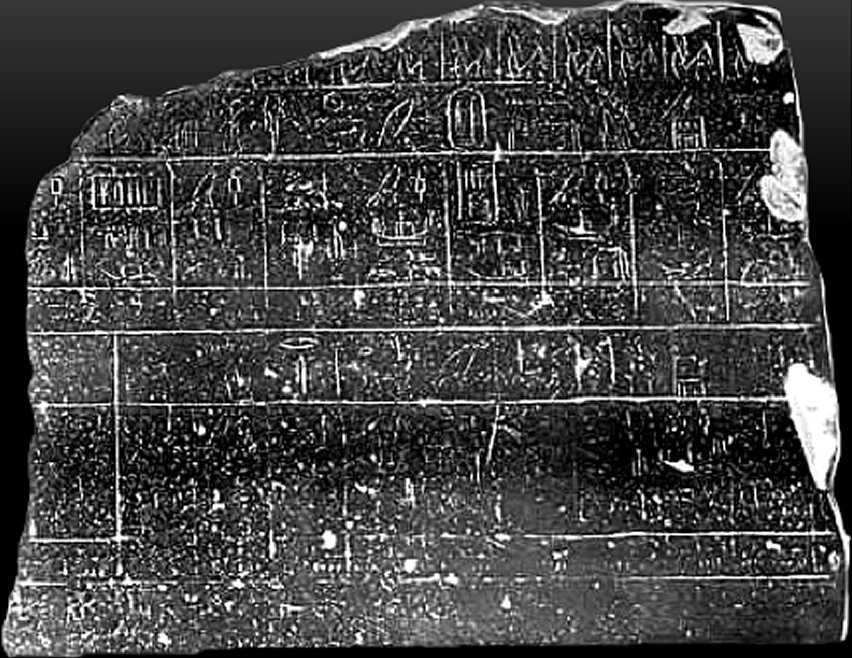
Palermo Stone - Cairo Fragment CF1 lists, among others, the start of the reign of Horus Djer. Credits: ancient-egypt.org
The reign of Menes-Narmer was chosen as the starting point because that is as far back as we can trace to the beginning of human civilization, but the identity of Pharaoh Menes-Narmer is a very complex subject.
Who Unified Upper And Lower Egypt?
No doubt, the most important event in history of ancient Egypt was the unification of Upper and Lower Egypt under one rule. However, the identity of the first ruler responsible for the unification of Egypt has long been shrouded in mystery.
This is a preview of our premium article available only to members of Ancient Pages.
Become a member to read more.
If you are already a member and have logged in to your account, you can access the article here
More From Ancient Pages
-
 European Mythical Creatures Encountered In The Witcher Series
Featured Stories | Feb 4, 2020
European Mythical Creatures Encountered In The Witcher Series
Featured Stories | Feb 4, 2020 -
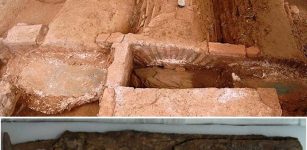 Gothic Warrior With Rare Sword Unearthed In Thessaloniki, Greece
Archaeology | Apr 23, 2021
Gothic Warrior With Rare Sword Unearthed In Thessaloniki, Greece
Archaeology | Apr 23, 2021 -
 Mystery Of The British Pompeii Deepens – Bronze Age Settlement Destroyed By Dramatic Fire
Archaeology | Jun 23, 2019
Mystery Of The British Pompeii Deepens – Bronze Age Settlement Destroyed By Dramatic Fire
Archaeology | Jun 23, 2019 -
 Those Who Mysteriously Disappeared To A World Beyond Human Understanding
Featured Stories | Apr 30, 2019
Those Who Mysteriously Disappeared To A World Beyond Human Understanding
Featured Stories | Apr 30, 2019 -
 Archaeologists Unearthed Alabaster Statue Of Queen Tiye In Luxor, Egypt
Archaeology | Mar 24, 2017
Archaeologists Unearthed Alabaster Statue Of Queen Tiye In Luxor, Egypt
Archaeology | Mar 24, 2017 -
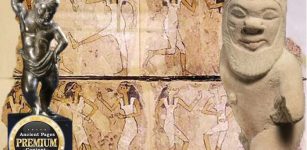 How Important Was Dance In Ancient Egypt And What Purpose Did It Serve?
Featured Stories | Jul 7, 2025
How Important Was Dance In Ancient Egypt And What Purpose Did It Serve?
Featured Stories | Jul 7, 2025 -
 Unexplained Mystery In Ohio – Unusual Force Puzzles Scientists
Featured Stories | Dec 21, 2018
Unexplained Mystery In Ohio – Unusual Force Puzzles Scientists
Featured Stories | Dec 21, 2018 -
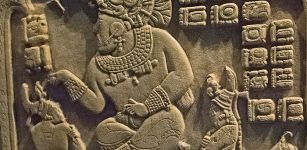 Fall Of The Ancient Maya Civilization Not Caused By Climate Change And Environmental Degradation – Scientists Say
Archaeology | Nov 18, 2021
Fall Of The Ancient Maya Civilization Not Caused By Climate Change And Environmental Degradation – Scientists Say
Archaeology | Nov 18, 2021 -
 Lady SAS – Ancient Skeleton Of Foreign Woman Found In Palenque – Who Was She?
Archaeology | Apr 11, 2023
Lady SAS – Ancient Skeleton Of Foreign Woman Found In Palenque – Who Was She?
Archaeology | Apr 11, 2023 -
 Kadıkalesi Castle Ancient Ruins: Female Skeleton Unearthed At An Archaeological Dig
Archaeology | Jan 9, 2023
Kadıkalesi Castle Ancient Ruins: Female Skeleton Unearthed At An Archaeological Dig
Archaeology | Jan 9, 2023 -
 Stunning Reconstruction Of Caterthun Iron Age Forts In The Grampian Mountains, Scotland
Civilizations | Nov 17, 2016
Stunning Reconstruction Of Caterthun Iron Age Forts In The Grampian Mountains, Scotland
Civilizations | Nov 17, 2016 -
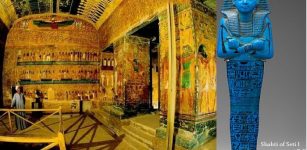 Ushabti: Servants Who Worked For Their Owners In Afterlife In Ancient Egyptian Beliefs
Ancient History Facts | Feb 12, 2020
Ushabti: Servants Who Worked For Their Owners In Afterlife In Ancient Egyptian Beliefs
Ancient History Facts | Feb 12, 2020 -
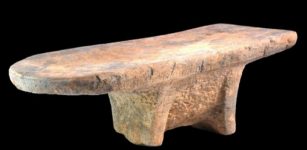 Evidence Of A 2,000-Year-Old Curry, The Oldest Ever Found In Southeast Asia
Featured Stories | Jul 25, 2023
Evidence Of A 2,000-Year-Old Curry, The Oldest Ever Found In Southeast Asia
Featured Stories | Jul 25, 2023 -
 Cornucopia – ‘Horn Of Plenty’ – Ancient Symbol And Its Almost Forgotten Meaning
Ancient Symbols | Jan 14, 2019
Cornucopia – ‘Horn Of Plenty’ – Ancient Symbol And Its Almost Forgotten Meaning
Ancient Symbols | Jan 14, 2019 -
 Millennia Old Extremely Complex Object Of Unknown Origin
Ancient Technology | Jul 8, 2020
Millennia Old Extremely Complex Object Of Unknown Origin
Ancient Technology | Jul 8, 2020 -
 Clurichaun – Little Naughty And Drunken Fellow Akin To Leprechaun In Irish Folklore
Featured Stories | Sep 13, 2019
Clurichaun – Little Naughty And Drunken Fellow Akin To Leprechaun In Irish Folklore
Featured Stories | Sep 13, 2019 -
 On This Day In History: Battle Of Lissa Took Place In The Adriatic Sea – On July 20, 1866
News | Jul 20, 2016
On This Day In History: Battle Of Lissa Took Place In The Adriatic Sea – On July 20, 1866
News | Jul 20, 2016 -
 3.6 Million-Year-Old Rare Skeleton Of Human Ancestor Revealed By Researchers In South Africa
Archaeology | Dec 7, 2017
3.6 Million-Year-Old Rare Skeleton Of Human Ancestor Revealed By Researchers In South Africa
Archaeology | Dec 7, 2017 -
 On This Day In History: Island Of St. Helena – Last Residence Of Napoleon Discovered – On May 21, 1502
News | May 21, 2016
On This Day In History: Island Of St. Helena – Last Residence Of Napoleon Discovered – On May 21, 1502
News | May 21, 2016 -
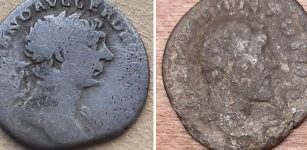 Unique Discovery – 2,000-Year-Old Roman Coins Found On Gotska Sandön In Sweden
Archaeology | Apr 13, 2023
Unique Discovery – 2,000-Year-Old Roman Coins Found On Gotska Sandön In Sweden
Archaeology | Apr 13, 2023


